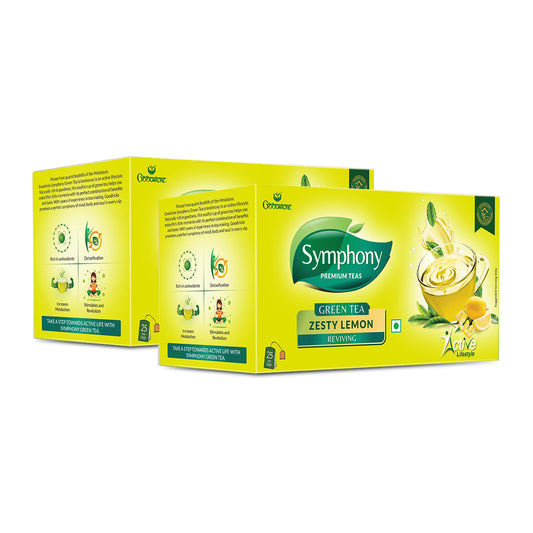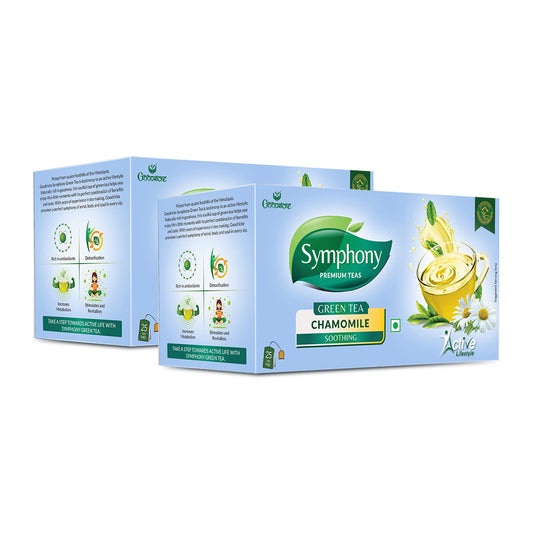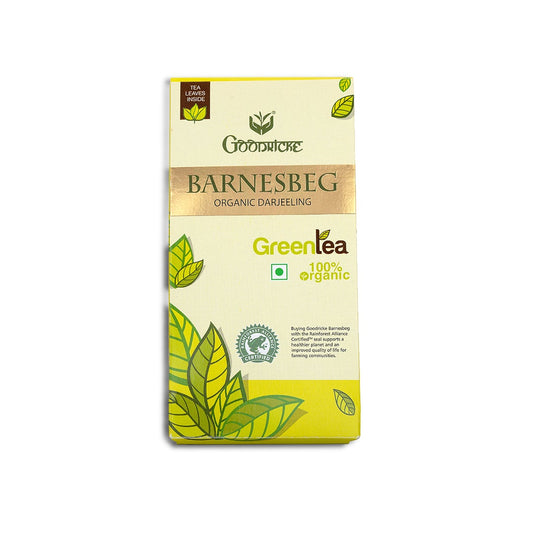What is Green Tea?
Green tea is a type of tea made from the leaves of the Camellia sinensis plant. Unlike oolong and black tea, green tea leaves are not withered and oxidized during processing. It has a long history originating in China and has become popular in many countries, including the United States.
Green tea offers numerous health benefits due to its high antioxidant content. Antioxidants help protect cells from damage and have been linked to reducing the risk of chronic diseases such as heart disease and cancer. Additionally, the caffeine in green tea can improve alertness and cognitive function.
In terms of flavor, green tea has a milder taste compared to black tea. It is often described as having a grassy, vegetal, or nutty flavor profile.
How to Develop a Taste for Green Tea
If you’re new to green tea, developing a taste for it can be a gradual process. Start with milder varieties such as lemon honey or lemon green tea. You can also experiment with different brewing parameters, such as adjusting the temperature and steeping time, to find the taste that suits you best. If plain green tea doesn’t initially appeal to you, try flavored options.
To acquire a taste for green tea, gradually increase the strength to find your preferred flavor intensity. You can also pair it with complementary foods to enhance the experience. Keeping an open mind while exploring its unique qualities can help you appreciate green tea and its potential health benefits.
Health Benefits of Green Tea
Green tea offers several health benefits, making it a popular choice among health-conscious individuals. Here are some of its advantages:
- Reduces the risk of cancer: Green tea contains antioxidants called catechins, which have been shown to help reduce cancer cells. Studies indicate that regular green tea consumption is associated with a lower risk of lung, breast, and colon cancer.
- Lowers the risk of heart disease: The catechins in green tea can help lower LDL (bad) cholesterol and increase HDL (good) cholesterol levels. People who consume green tea regularly have been found to have a reduced risk of heart disease and stroke.
- Aids in weight loss: Green tea contains caffeine, which can boost metabolism and increase fat burning. Research suggests that individuals who drink green tea are more likely to lose weight and body fat compared to those who do not consume it.
- Improves brain function: The combination of caffeine and an amino acid called L-theanine in green tea can enhance brain function. Caffeine improves alertness and cognitive function, while L-theanine helps improve mood and reduce stress.
- Improves brain function: The combination of caffeine and an amino acid called L-theanine in green tea can enhance brain function. Caffeine improves alertness and cognitive function, while L-theanine helps improve mood and reduce stress.
- May protect against Alzheimer’s and Parkinson’s disease: The catechins present in green tea have shown neuroprotective effects, potentially reducing the risk of developing Alzheimer’s and Parkinson’s disease.
- May protect against type 2 diabetes: Green tea may help improve insulin sensitivity and regulate blood sugar levels, reducing the risk of type 2 diabetes.
Popular Varieties of Green Tea
Green tea is produced in various regions, each offering its unique characteristics. Here are some popular types of green tea found in the United States:
Sencha: A widely consumed Japanese green tea with a fresh, grassy flavor.
Matcha: A powdered green tea often used in Japanese tea ceremonies. It has a rich, umami flavor and is known for its vibrant green color.
Gunpowder: A Chinese green tea known for its tightly rolled leaves, resembling gunpowder pellets. It has a slightly smoky flavor.
Dragon Well (Longjing): A famous Chinese green tea with a distinctive flattened shape and a sweet, chestnut-like flavor.
Jasmine Green Tea: Green tea is scented with jasmine flowers, providing a floral and fragrant taste. These are just a few examples, and there are many more varieties available to explore based on personal preferences.
How to Prepare Green Tea
Here’s a quick and easy guide on how to make a perfect cup of green tea:
Boil water: Bring fresh, filtered water to a boil. The ideal water temperature for brewing green tea is around 175°F (80°C). Allow the water to cool for a few minutes after boiling to reach the desired temperature.
Measure the tea leaves: Use approximately one teaspoon of loose green tea leaves per cup of water. Adjust the amount to suit your taste preference.
Preheat the teapot or cup: Rinse the teapot or cup with hot water to warm it up. This helps maintain the temperature of the tea during brewing.
Steep the tea: Place the green tea leaves in the teapot or a tea infuser. Pour the hot water over the leaves and let it steep for about 1–2 minutes. The steeping time can vary depending on the type of green tea and your desired strength. Avoid steeping for too long to prevent bitterness.
Strain and serve: After the desired steeping time, remove the tea leaves by straining the tea or removing the infuser. Pour the brewed tea into cups or mugs.
Optional: Add sweeteners or flavors - If desired, you can add honey, lemon, or other sweeteners and flavors to enhance the taste of the green tea. However, it is recommended to taste the tea without any additives first to appreciate its natural flavors.
Green Tea Grading
Green tea grading varies among countries and regions. While there is no universal grading system, certain terms are commonly used to describe the quality and appearance of green tea:
Whole leaf: This refers to intact tea leaves that have not been broken or crushed. Whole-leaf green tea is considered to be of higher quality.
Broken leaf: This term is used for green tea leaves that have been broken or crushed. Green tea with broken leaves is less expensive but may have a slightly milder flavor.
Fannings and dust: These terms refer to the smallest pieces of tea leaves. Fannings are commonly used to make iced tea or add flavor to other beverages, while dust is typically found in tea bags.
Green Tea and Weight Loss
Green tea has gained popularity as a beverage that can aid in weight loss. Research suggests that it can have a positive impact on weight management. Here are some tips for using green tea as a part of your weight loss journey:
Consistency is key: Drink green tea regularly to increase the likelihood of seeing results.
Timing matters: Consume green tea in the morning or before workouts to utilize the caffeine and catechins for energy. Avoid adding sugar or milk: Adding these to your green tea can increase calorie intake and diminish its effectiveness for weight loss.
Consult with your doctor: If you are taking medication, it’s advisable to consult with your healthcare provider before incorporating green tea into your routine, as it may interact with certain medications.
While green tea can provide a boost to your weight loss efforts, it is important to maintain a balanced diet and engage in regular physical activity for optimal results.
Caffeine Content in Green Tea
Green tea contains caffeine, although the exact amount can vary based on factors such as the tea type, brewing method, and steeping time. On average, an 8-ounce (240 ml) cup of green tea may contain approximately 20–45 milligrams of caffeine. It’s important to note that these values are approximate and can vary.
Compared to other common sources of caffeine, such as coffee or black tea, green tea has lower caffeine content. For instance, an 8-ounce cup of brewed coffee contains around 95 milligrams of caffeine, while the same amount of black tea may have around 30–60 milligrams.
The caffeine content in green tea can be influenced by various factors, including the age of the tea leaves used and the brewing parameters such as water temperature and steeping time.
Green tea offers a range of potential health benefits and is a delightful beverage that can be enjoyed throughout the day.














